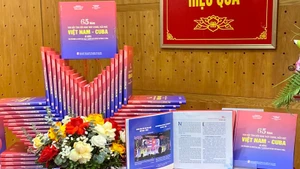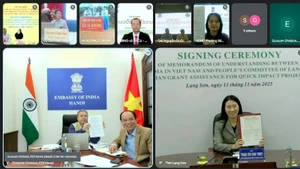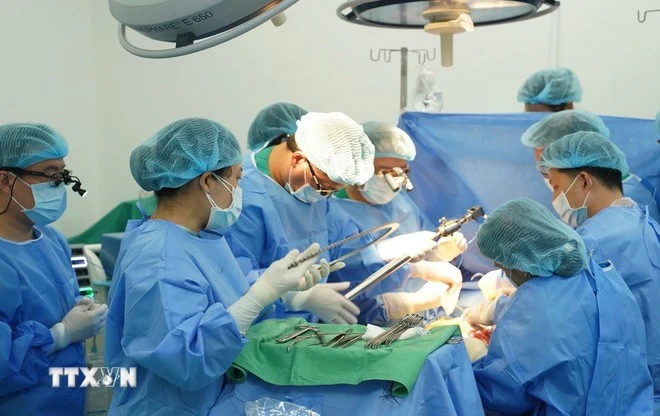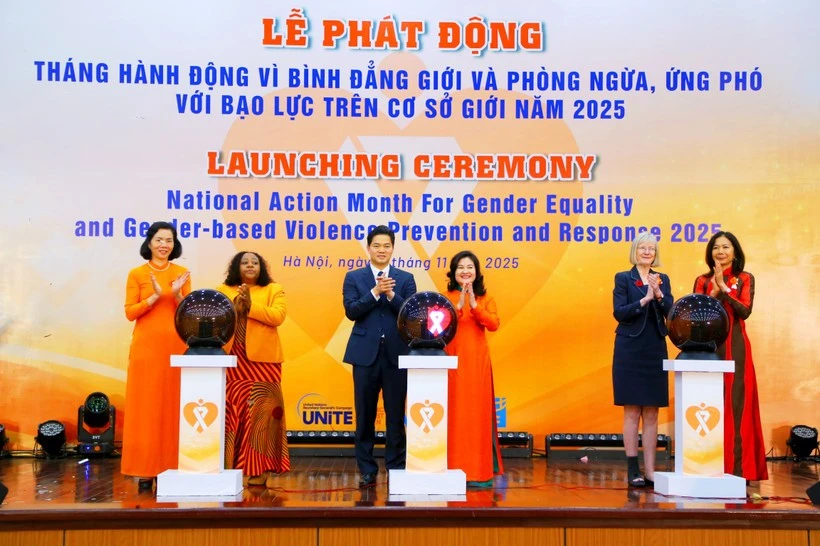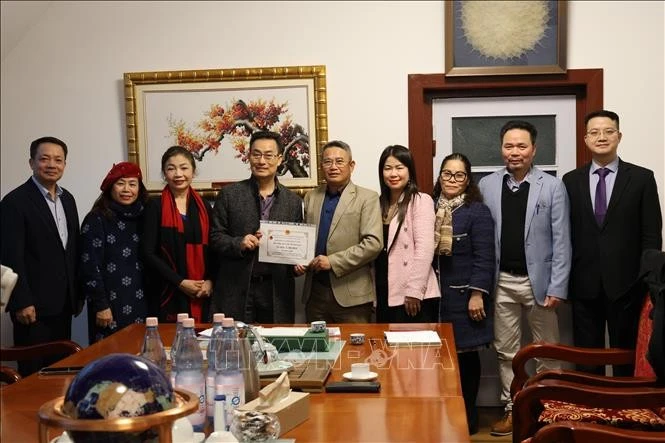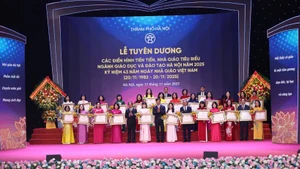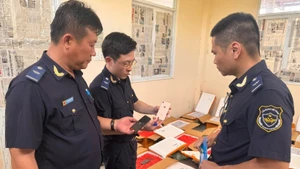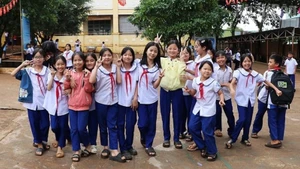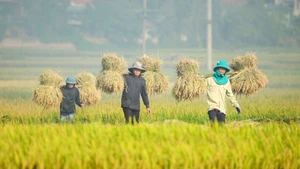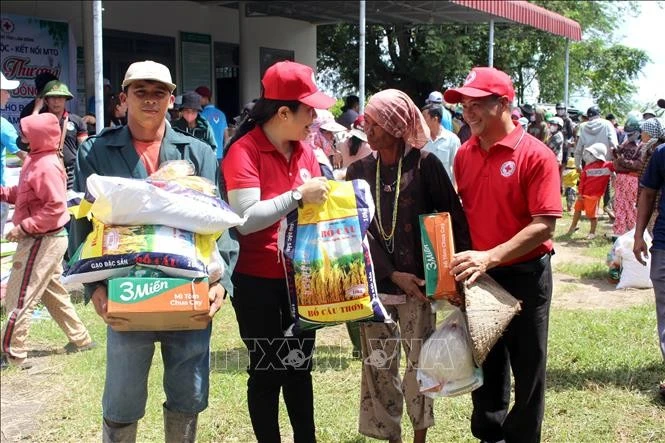Practising thrift as a means of unlocking resources
At a recent National Assembly meeting, Prime Minister Pham Minh Chinh highlighted some staggering numbers: the whole country still has about 2,200 unfinished projects, which, if resolved, could unlock over 230 billion USD, equivalent to half of Viet Nam’s GDP.
Previously, General Secretary To Lam also repeatedly mentioned practising thrift and combating waste. Most recently in a working session with the Central Commission for Internal Affairs, the Party leader affirmed: “The country cannot develop rapidly if thrift is not practised and waste still occurs.”
Statements by the two leaders show that thrift and the fight against waste are not merely ethical slogans but have become a political imperative and national development strategy.
Prime Minister Pham Minh Chinh’s statement presents a core issue in national governance: how to free up stagnant capital flow to utilise untapped resources.
More than 2,200 stagnant projects mean thousands of hectares of land are not used, tens of thousands of billions of VND in government revenue are locked, millions of workers miss job opportunities. In a broader sense, waste is not only waste in procurement or cost overruns but the stagnation of the economy when resources are not unlocked.
At a time when Viet Nam is facing both domestic and foreign pressure, from geopolitical conflicts and US-China rivalry to the risk of falling into the middle-income trap, each dollar of capital and each delayed day in project implementation can also become hurdles for sustainable growth.
The question is why thousands of projects are suspended. Part of the reason lies in legal overlapping, the fear of being held accountable in project approval and disbursement, while part of the reason comes from indecision and lack of long-term vision at different levels of administration.
As the prime minister stated, the government is working on specific mechanisms and reforms to address the bottlenecks. However, the more important thing is a consistent and resolute attitude from the whole political system towards waste, considering it not only an administrative fault but also a form of resource corruption.
General Secretary To Lam’s statement places the issue of thrift and combating waste at a deeper level, from an economic policy to a public ethical standard in the modern political system. The statement that “The country cannot develop rapidly and achieve double-digit growth if thrift is not practised and waste still occurs” is not a theoretical statement but a strategic direction. It means thrift must be considered a core principle in all public decisions, from state budget and public investment to the operation of the administrative apparatus.
For years, Viet Nam has learned quite a few valuable lessons about waste. Projects worth thousands of billions of VND are suspended; construction projects incur overruns multiple times; and industrial parks, airports, and seaports are not used correctly after completion. All these not only cause financial losses but also undermine public trust and hinder the country’s development.
The Party chief also underlined that waste combat is an urgent task that must be dealt with immediately. This is the core point. While corruption usually receives widespread public attention and penalised with strict sentences, waste is usually neglected without clear personal responsibility. Waste is an invisible enemy whose impact can be more damaging if not identified and addressed promptly.
Continuing Ho Chi Minh’s thought…
In a broader view, the current policy of thrift and waste combat is the obvious continuation of Ho Chi Minh’s thought. Since the early days of national foundation, President Ho Chi Minh has always emphasised thrift as a national policy. He once wrote: “Thrift is not stinginess. When spending is not justified, a single cent should not be spent. When spending is worth it and beneficial to the people and country, no matter how large the amount, we should happily spend. That is the true meaning of thrift.”
During resistance wars, thrift helped fight hunger and the enemy; during peacetime, thrift is to build the country and ensure social security. More than anyone else, President Ho Chi Minh understood that a poor country wishing to move up cannot spend wastefully, whether it is in production or administrative spending.
Today when the country has entered a new phase of development, such thinking needs to be renewed and implemented systematically, from investment planning to operating the public apparatus. If Ho Chi Minh’s thoughts on thrift are deeply instilled, then suspended projects, abandoned constructions, and unreasonable budget spending will be gradually eliminated.
As stated by the General Secretary To Lam and Prime Minister Pham Minh Chinh, combating waste must be considered a top criterion in national governance. What is needed now is not only the spirit but also a specific mechanism to supervise, ensure transparency and hold accountable.
A set of indicators is needed to measure waste in public investment; annual reports are needed to highlight the opportunity costs of delayed projects. And above all, it is necessary to include thrift and waste combat as a component in evaluating cadres’ capacity and one criterion in public satisfaction with the government.



